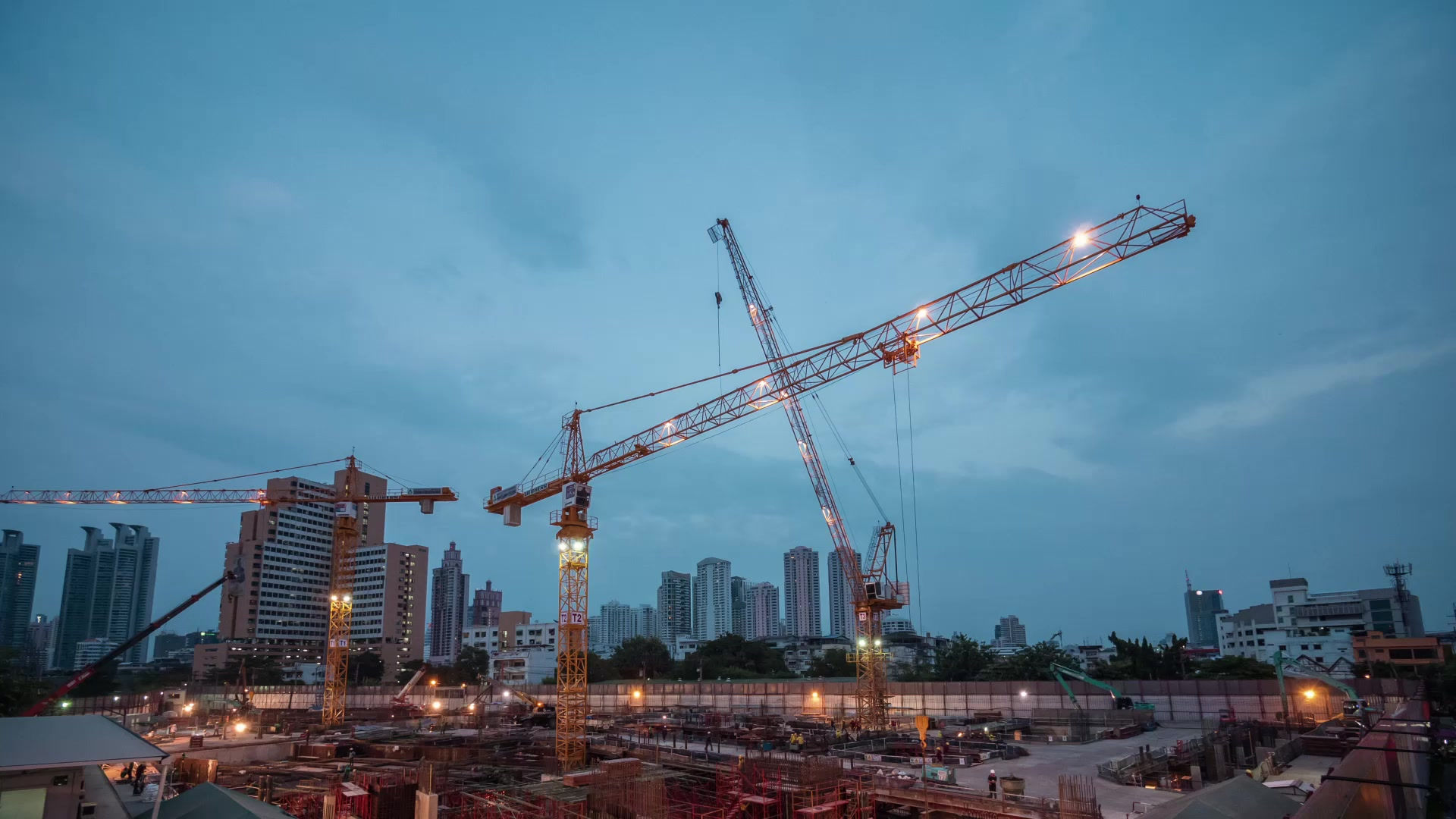

Data Analytics at Cloud Environment (AI/ML)
Data analytics is revolutionizing the construction industry by enhancing project management, improving efficiency, and facilitating informed decision-making throughout the construction lifecycle. As the sector becomes increasingly data-driven, understanding the applications and benefits of data analytics is crucial for stakeholders aiming to optimize their operations.
Overview of Data Analytics in Construction
Data analytics in construction refers to the systematic collection, analysis, and interpretation of data generated during various phases of construction projects. This practice enables firms to gain insights into performance metrics, financial health, and safety standards, ultimately leading to improved project outcomes.
Importance of Data Analytics
• Enhanced Decision-Making: By leveraging analytics, stakeholders can access critical insights that inform quicker and more effective decisions regarding resource allocation and risk management.
• Increased Productivity: Data analysis helps identify bottlenecks and inefficiencies in workflows, allowing teams to streamline processes and maximize productivity.
• Cost Management: Analytics can uncover cost-saving opportunities by identifying waste and improving budget forecasting accuracy.
• Risk Mitigation: Analyzing historical data allows firms to anticipate potential risks and implement proactive measures for quality assurance.
Key Applications of Data Analytics
-
Project Planning and Modeling: Utilizing Building Information Modeling (BIM) and predictive analytics, firms can visualize entire projects before construction begins, optimizing design elements and resource allocation.
-
Predictive Maintenance: By analyzing equipment performance data, construction companies can predict maintenance needs, reducing downtime and extending the lifespan of machinery.
-
Real-Time Monitoring: Integrating IoT devices with data analytics platforms enables real-time tracking of project progress, resource utilization, and site conditions, facilitating timely interventions.
-
Safety Management: Historical accident data can be analyzed to identify high-risk areas on job sites, allowing for targeted safety measures that reduce workplace incidents.
-
Supply Chain Optimization: Predictive analytics helps manage supply chains by forecasting material needs based on project timelines and historical usage patterns.
